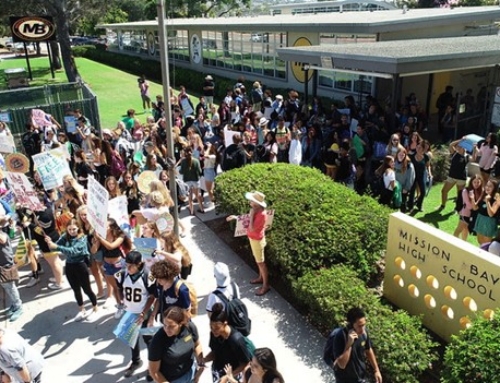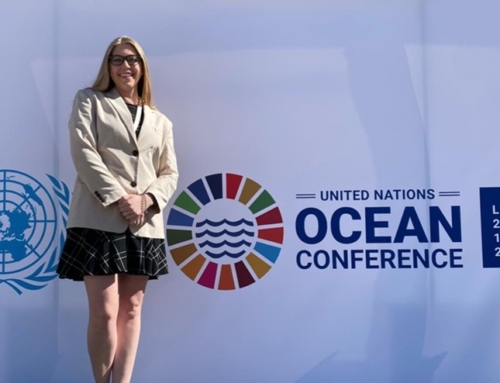Thank you to the 18 members and guests who attended our May 14 meeting featuring Dr. Dan Cayan, director of the Climate Research Division at the Scripps Institution of Oceanography (SIO).
Dr. Cayan has been with SIO since 1972 and is one of the Southwest’s leading experts on climate variability and impacts of climate change on water resources. He presented to STAY COOL members a synopsis of recent research findings regarding climate change effects in California.
To view Dr. Cayan’s presentation slides titled “Planning for climate change on top of already high climate variability,” click here: CayanSlides_StayCoolSanDiego_05142014
Below are highlights of Dr. Cayan’s presentation:
- California’s Mediterranean and coast-mountain setting is primed for high vulnerability to climate change impacts.
- California is remarkable in having only about 120 days a year to accumulate two-thirds of annual precipitation. California’s year-to-year amount of precipitation. Is most volatile in U.S.
- California climate is highly variable. Climate change will exacerbate existing climate stresses and cause new ones. California’s warmest winter on record was this past winter (2013-2014).
- From year-to-year we can go to less than a third of average rain fall to more than 3 times the average rain fall.
- California and the western U.S. have warmed over the last several decades, leading to changes in hydrologic and associated measures.
- Virtually all GHG emission types have been increasing (methane, CO2, etc.). CO2 emissions stay in atmosphere for over 100 years. CH4 has shorter life in atmosphere but is potent GHG. Our climate has clearly warmed beyond what can be expected from normal variability, as shown by computer modeling.
- Summer warms more than winter, in part because the land surface is drying out in summer. Instead of some of heat energy going into evaporation (of land moisture) the energy totally goes into warming the atmosphere.
- Warming drives loss of spring snowpack in coastal and Sierra mountain ranges– putting our local water supply at risk.
- Sea levels are rising as well; mid-range estimates predict 3 feet sea level rise from 2000 to 2100.
- Although there are large uncertainties, we can expect substantial changes in many systems. If climate change follows high end trajectory, changes will be enormous.
California needs to plan and adapt:
- Monitoring of physical, biological and human systems is needed to understand processes, inform models and detect changes.
- Continued investigation of regional changes from historical observations and from evolving global and regional models is needed.
- Impacts cover range of sectors and systems—interdisciplinary approach is needed.
- Rapid changes and science findings requires ongoing communication with decision makers.
How can you make a difference and help the effort in the San Diego region?
As Dan suggested, our region must plan and adapt to the coming climate changes. Our regional planning agency, SANDAG, is charged with long-term planning to ensure we reduce our emissions and develop policies that will allow us to adapt.
SANDAG is currently combining and updating the region’s two big picture planning documents into one comprehensive plan called “San Diego Forward: The Regional Plan.” The Regional Plan will provide a framework for our region’s housing, transportation, a vibrant economy, community health, social equity, borders, and environmental protection.
In an effort to bring greater focus to the Regional Plan, SANDAG staff prepared a series of white papers that inform the development of the plan. The SANDAG Draft White Paper on Climate Change Mitigation and Adaptation is available for public review from until May 19, 2014.
Share your public comments with us at sarah@staycool4grandkids.org and we will submit them. Or, submit your comments directly to SANDAG. All public comments must be sent to allison.wood@sandag.org no later than May 19, 2014.
At the meeting we welcomed 4 new Advisory Board members: Bob Leiter, Marty Eberhardt, Brad Zlotnick and Sue Randerson. We also noted the imminent arrival of SC4G’s first summer intern, Ana Reyes, who will start in June. Finally, members were directed to check out the STAY COOL Facebook page for the climate change videos made by 6th grade students at Chula Vista High Tech Middle School.
Meeting adjourned at 7:40 PM.



